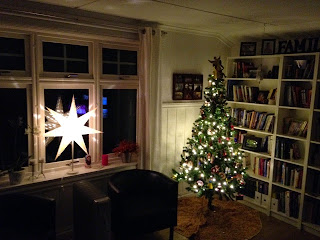But there are some aspects of the cross-cultural/ex-pat life that are tough.
Last night, as I tried to console my 9 year old, he reminded me of one of the toughest. In between heavy sobs and rivers of tears, he cried out “I don’t want to say goodbye!”
He had just gone to bed after saying goodnight to his Gram (my mom), who has been here the past several days, and was flying back to the states this morning. And as I attempted to calm him, all I could do was hold him tight and agree.
Our lives are a series of hellos and goodbyes. Maybe that is true for everyone, but it is amplified when you live outside your passport country. We are always thrilled to have visitors. And yet, we’ve all come to the point where we recognize that every visit also means a goodbye is around the corner. We look forward to company meetings where we get to connect with coworkers from all over Europe that we haven’t seen in a long time. And those goodbyes are on a different level, as it involves a collection of families that are all accustomed to this part of life. It might be the goodbyes of visiting with friends on vacation, or the goodbye when a friend here moves back to their home country.
So if you know someone living cross-culturally, understand that goodbye can be a difficult thing. Grant them some grace if they struggle for a period after a visit or trip. It is not at all a reflection on their unhappiness in their current setting. But it is a reality of having your heart in two different places.























































